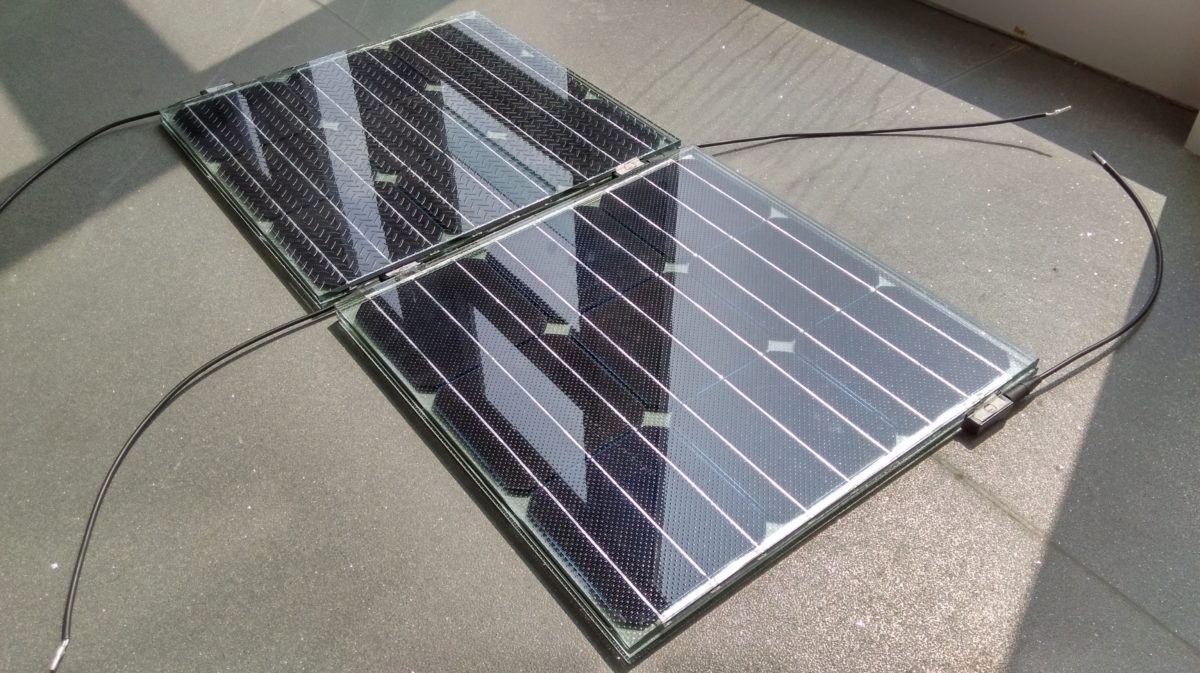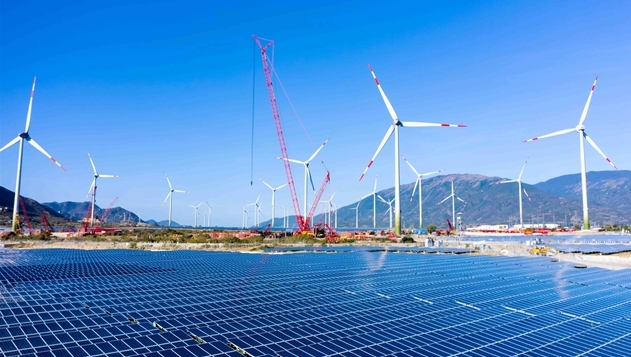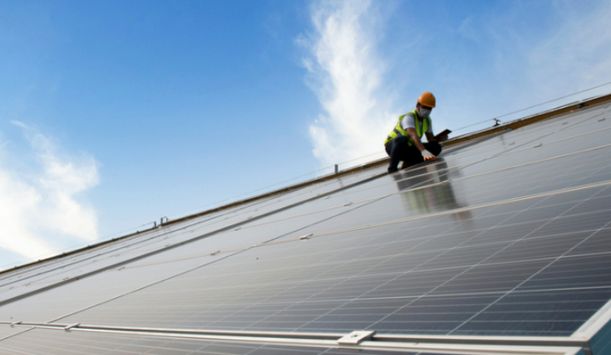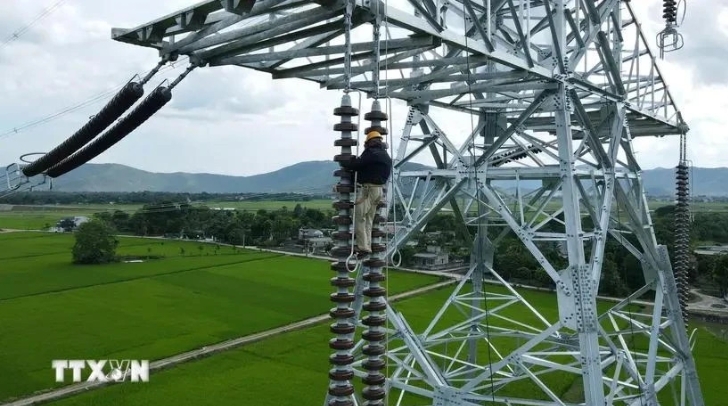Chinese scientists have developed a PV floor tile they say is suitable for pavements and cycling tracks. The devices were tested on a ‘green deck’ in Hong Kong. The developers say the tiles have demonstrated satisfactory solar energy conversion, anti-slip performance, heat-resistance and strength.
 The developers of the tile claim it is suitable for use on footpaths and cycle lanes. Image: Shanghai Jiao Tong University
The developers of the tile claim it is suitable for use on footpaths and cycle lanes. Image: Shanghai Jiao Tong University
Researchers from China’s Shanghai Jiao Tong University and the Hong Kong Polytechnic University have developed a solar tile for pavements and cycle tracks.
The paper Development of walkable photovoltaic floor tiles used for pavement, published in Energy Conversion and Management, describes the walkable PV floor tile as similar to a 500mm² pavement surface with a depth of around 20mm.
15% efficiency
Each tile is made of nine, 15% efficient monocrystalline solar cells connected in series for an estimated power output of 30-40 W. The cells and tempered glass, the research group said, were bought from unspecified Chinese manufacturers and assembled in Hong Kong. Two prototypes were developed, featuring different anti-slip surfaces. “In general, the floor tile with crossline layer has higher anti-slip performance but lower sunlight transmissivity,” the researchers wrote. Solar transmissivity was nevertheless estimated at around 90% and the heat resistance temperature was said to reach 288 degrees Celsius, ensuring there were no concerns related to extensive sun exposure.
However, outdoor tests conducted without shading produced lower-than-expected power output. That was due to reduced transmissivity of the tempered glass, according to the researchers.
Mechanical performance
The group claims its solar tile has similar mechanical strength and durability to concrete. “Results show that the developed PV floor can achieve satisfactory performance in solar energy conversion efficiency, anti-slip, heat-resistance, durability and compressive strength, demonstrating that such PV floor tiles can be used as a replacement for the pavements and cycling tracks in the green deck,” the study concluded.
Asked by pv magazine about the mechanical stress problem, researcher Tao Ma said technology for tempered glass has improved considerably recently. “Mechanical stress is not the obstacle because now the strength of tempered glass could even support the car, and even trucks,” he said. “However, in our opinion, it is better to apply this technology on footpath or bike lanes, rather than real road, because the durability would be a problem.”
Ma said shading on pavements would also not be an issue. “The shading effect can be solved by adding some diodes to bypass the solar cell that is shaded,” he added. “Otherwise the whole PV panel will be impacted if a solar cell was shaded. However, the addition of diodes will increase the initial cost … The shading would not be a big problem because this could be solved by a technical solution.”






